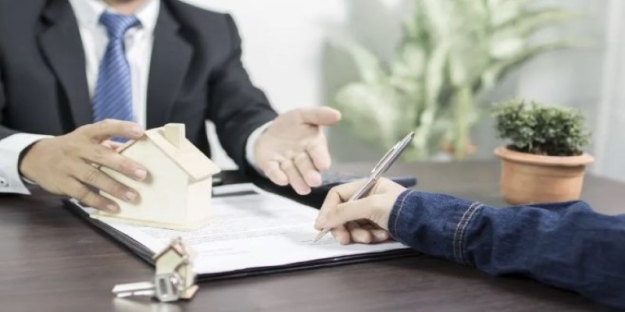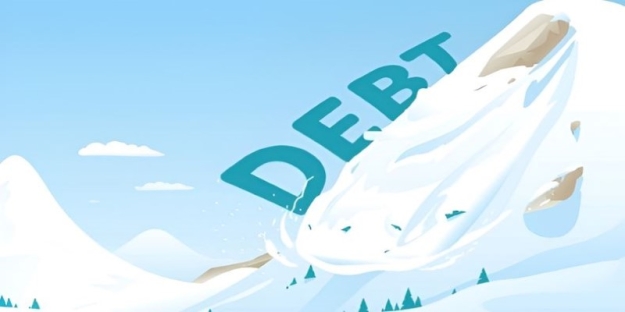The Truth About Minimum Payment Trap
Have you ever looked at your credit card statement and thought, "Phew, the minimum payment isn't too bad"? It feels manageable, right? But here's the thing—what seems like a slight relief can quietly cost you far more than you expect. The minimum payment trap is one of the biggest reasons people stay in debt for years. Let's break down exactly how it works and what you can do to avoid it.
What Is The Minimum Payment Trap?
Credit card companies give you two main numbers on your bill—the full balance and the minimum amount due. The minimum is usually around 2%–4% of your total balance, sometimes even lower.
It’s designed to make repayment seem easy and flexible. But here’s the catch: paying only the minimum keeps your debt around for a long time, because interest keeps adding up every month.
Think of it like trying to drain a bathtub while the faucet is still running—your balance doesn’t go down much, and you keep paying extra for the water that keeps flowing in.
Why Lenders Love It?
From a lender’s perspective, the minimum payment system is brilliant. If you only pay the bare minimum, your balance lingers, interest builds, and the total amount you pay over time increases.

For example, imagine you owe $5,000 at an 18% interest rate and pay only the minimum of $100 per month. It could take over 7 years to clear that debt, and you might pay more than $3,500 in interest alone.
The longer you stay in debt, the more the lender earns. That’s why they make the minimum payment look like an attractive option.
The Psychological Pull Of “Manageable”
The trap works not just because of math, but because of how we think. A $100 minimum payment feels doable compared to the full $5,000. It tricks your brain into thinking the debt isn’t urgent.
You might tell yourself, “I’ll pay more next month,” but life keeps throwing new expenses your way, and that extra payment rarely happens.
It’s a cycle:
- You pay the minimum.
- Interest piles on.
- The balance barely drops.
- You repeat the process without realising how much it's costing you.
How Interest Quietly Eats Your Money?
Here’s the part many people overlook: interest compounds. This means you pay interest on the original amount plus any unpaid interest from previous months.
Example:
- Balance: $3,000
- Interest rate: 20% APR (about 1.67% monthly)
- Minimum payment: 3% of balance (~$90)
If you keep paying just the minimum, you might still be in debt over a decade later, and the total interest could nearly match your original balance.
That’s like buying something twice—once for yourself and once for the bank.
How do Minimum Payments Affect Your Credit Score?
Some people think paying the minimum keeps them in good standing. While it does prevent late fees and negative marks, it doesn't help your credit utilisation ratio (how much of your credit limit you're using).
High utilisation can lower your score, which may lead to higher interest rates on future loans. Even if you're never late, carrying a large balance and making tiny payments can still hurt your financial health in the long run.
Real-Life Example Of The Trap
Let’s say Mia charges $4,000 to her credit card for home repairs. Her card has a 19% APR, and the minimum payment is 2% of the balance or $25, whichever is greater.
She decides to pay only the minimum:
- Month 1: Minimum is $80. Interest adds about $63. Balance drops just slightly.
- Month 6: She’s paid nearly $500 in total, but her balance is still close to $3,700.
This slow progress frustrates her, but she keeps paying the minimum because it's "comfortable." Fast forward several years, and Mia has spent thousands more in interest than the original repair bill cost.
The Snowball Effect—In Reverse
If you’ve heard of the debt snowball method for paying off debt, this is the opposite. Instead of your payments gaining momentum, your debt grows or shrinks painfully slowly.
It’s a quiet drain on your finances, leaving you with less money for savings, emergencies, or investments.
Breaking Out Of The Minimum Payment Cycle
If you’re caught in this trap, you’re not alone—and there are ways to get out.
Pay More Than The Minimum Every Time
Even an extra $50–$100 each month can cut years off your repayment timeline and save you hundreds or thousands in interest.
Use The Debt Avalanche Method

List your debts by interest rate, and put as much extra as you can toward the one with the highest rate while paying the minimum on others. Once that’s paid off, move to the next highest rate.
Consider A Balance Transfer
Some credit cards offer 0% interest for a set period on transferred balances. If you can pay down the debt during this window, you avoid piling on more interest.
Automate Extra Payments
Please set up an automatic payment above the minimum to avoid forgetting or changing your mind later.
Track Your Spending
Sometimes the root problem isn’t just the payment—it’s continuing to add charges to the card. Keeping a budget and tracking expenses can help stop the cycle.
The Emotional Side Of Escaping Debt
Breaking free from the minimum payment trap isn't just about saving money—it's about reducing Stress. Constant debt can create a low-level anxiety that sticks with you, even if you're making payments on time.
People often feel an enormous sense of relief when they see their balances drop in a meaningful way. This can be motivating and help you stay committed to paying more than the minimum.
The Bottom Line On Minimum Payments
Minimum payments are designed for the bank’s benefit, not yours. They keep your debt alive for years, increase the total cost of what you’ve bought, and quietly limit your financial freedom.
Paying more than the minimum isn't always easy, especially if money is tight, but even small increases make a big difference. Over time, those extra dollars put you in control, rather than letting interest control you.
Taking Control Of Your Debt
Escaping the minimum payment trap starts with understanding how it works and making a plan to tackle it. Whether you use a snowball or avalanche strategy, transfer your balance, or cut expenses to free up more payment money, the goal is the same: pay off debt faster and pay the lender less.
The next time you see that tempting “minimum due” amount, remember—it’s not a target, it’s a trap. Choosing to pay more is the first step toward financial freedom.